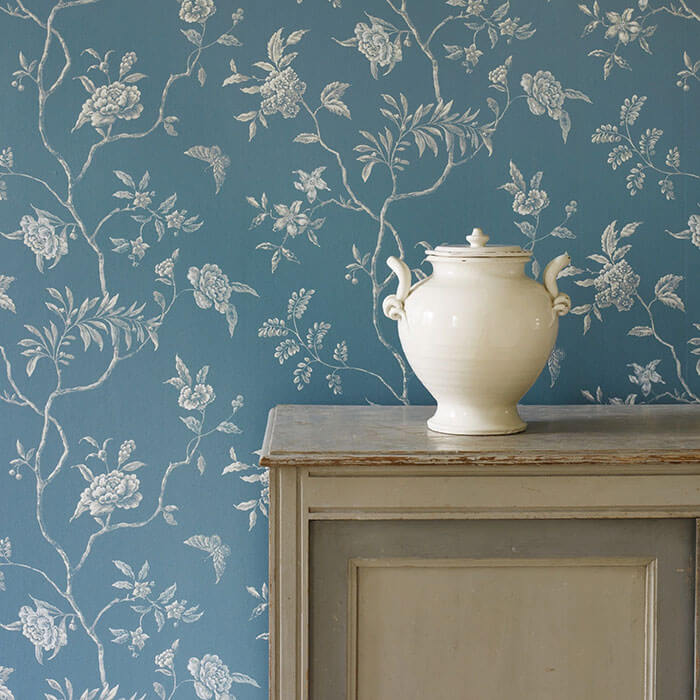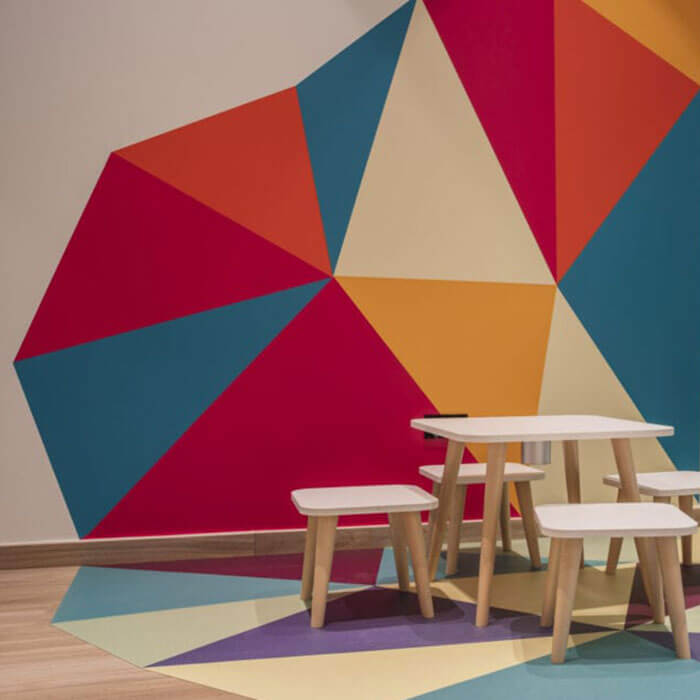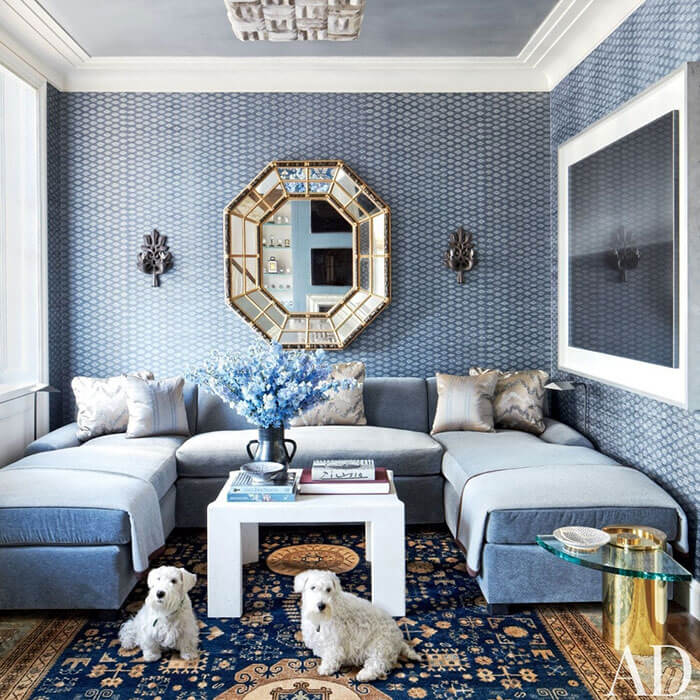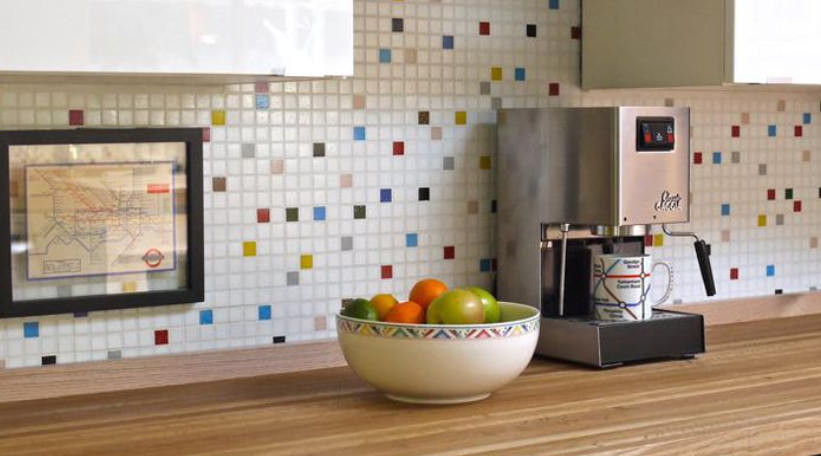‘Subway’ isn’t the only way to go in a tile project. There are so many other creative choices…
By Tammy Adamson-McMullen
White subway tile has been one of the biggest decorating stories in recent years. The tile’s clean lines, bright appearance and classic 3-by-6-inch dimension are pleasing to the eye and work in many settings.
Still, if you’re shopping for tile, subway isn’t your only choice. Tile has become a statement-maker with the emergence of bold patterns and designs, interesting colors and outside-the-box installations—creating so many other choices.
New Designs
Technological advancements have led to new digital designs, ink-jet printing and improved inks. These advancements have created tiles with pinpoint-accurate colors, deep textures, highly reflective metallic finishes, sculptural 3D renderings, gorgeous glazes and more. Additionally, faux tiles that mimic wood, stone, masonry and similar materials not only look more realistic but feel that way, too.
What this means is that you now have greater flexibility in choosing the right tile to suit your decorating style. If your style is contemporary, then you might consider a glass tile with an underlying flash of color; if industrial, a metallic tile with a rusty patina; and if traditional, a ceramic tile with a floral relief. These are just a few examples, since the options are endless.
Currently gaining ground are tiles that are extremely colorful and intricate. Some have a cultural verve, with patterns inspired by Spain, Morocco, Mexico and the American Southwest. Many of these patterns are archival, but new technologies make them pop! You’ll also find a lot of geometric patterns, which coordinate well with the geometrics that are so prolific in other decorating products, like wallcoverings and fabrics.
When looking for tile, don’t just look for pattern. Be sure, too, to check out all of the available shapes and sizes. The trend in 2020 is for unusual shapes—like hourglass, fish-scale and “picket”—and non-conventional sizes, from itsy-bitsy mosaics to long planks and large panels.
Interesting Colors
Brightly colored tiles, or those with a variety of colors within a single pattern, are gaining ground in every room of the house. As proof, you’ll notice that colorful tile installations are now becoming the norm on home decorating shows and in shelter magazines. But deeply pigmented, solid-color tiles also are trending and in different materials. One interesting way to use solid-color tile is to install two tiles in slightly different hues—like sage green and olive, for instance—and in different materials, with one glass and the other ceramic.
Among the top emerging tile colors are bright shades of blue, which often is combined with other bright colors like yellow or orange. Blue is popular because it works with so many of today’s trends: It adds to the spa effect in bathrooms, gives all-white kitchens a little color relief and helps to pick up color flecks in quartz and granite countertops.
On the subject of color, don’t forget to match caulk and grout to your tile or to a paint color within the space. The color of caulk and grout you choose can make or break your tile project. Your local paint and decorating store can offer advice and provide you with custom colors.
Outside-the-Box Installations
Tile installations have gone beyond straight or diagonally set tiles, although these are still desirable and made more creative with today’s tile selections. Here are just few of the installations you might consider:
- Tile borders and “ribbons”—Choose a different tile as a border or ribbon inlay to add color or texture to the installation. This is common in shower and tub surrounds but can be done in backsplashes and floors, too.
- Waterfall looks—Using the same technique above but with a wider swath of tile, you can create a waterfall effect in your tile installation. This might be truly water-like, with blue or blue-green glass tiles; a river fall, with sheets of river rock tiles or stone mosaics; or something entirely more abstract, incorporating sculptural relief tiles that resemble flowing water.
- Artistic Murals—Artistic murals or mosaics, which create an image by the way the tiles are placed, have been around for centuries. Today, they’ve resurged and can greatly enhance the look of your tile installation. Examples? Bamboo shoots in a tub surround, a pasta bowl in a backsplash, or jumping salmon on a bathroom floor. (Artistic murals are difficult to produce. Talk with an installer to see what is possible.)
- Medallions—Medallions and similar statement pieces can be placed in the middle of an installation to give it a little more flair. There are tiles designed specifically for this purpose, or you can create the effect by arranging different tiles together somewhere within the installation.
- Nooks, Arches, Etc.—Kitchens, baths and floors aren’t the only spaces where tile is well suited. Nooks, arches, wall cubbies, niches, steps and accent walls also are prime candidates for tile to add color and texture and show off their architectural features.
Subway Tiles
Of course, subway tiles still have massive appeal; but here, too, you can be more creative. Instead of the standard 3-by-6-inch ceramic subway tile, consider using tiles that are longer, glazed, crackled or made from another material, like glass. And don’t forget to consider subway tile in a color other than white. Subway tiles in colors like blue, mushroom and rose are stunning!
To help with the selection process, look on the internet, talk to retailers and installers, and check out new homes for ideas. The real problem will be in selecting just one …

 Interior Paints
Interior Paints Exterior Paints
Exterior Paints Primers
Primers Stains & Clears
Stains & Clears
 Paint Brushes
Paint Brushes Paint Roller
Paint Roller Paint Trays & Liners
Paint Trays & Liners Wallpaper
Wallpaper Design Services
Design Services Designer Fabrics
Designer Fabrics